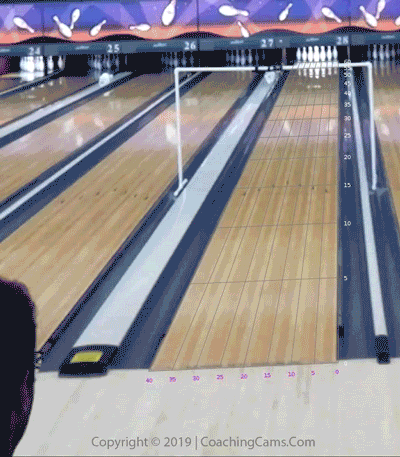Arezaki
Bogey Member
- Joined
- Jul 30, 2020
- Messages
- 50
This video has been out for a couple of weeks, but I don't think anyone has posted it here yet.
I just want to ask the pros here what you think about this drill?
Mr. Sling Shot talks about getting in the right position before the body turns, and then doing the heisman. I found this really helpful for me since it focuses on getting the rear leg pointing straight (as opposed to backward) and having the head facing towards the target. I have done stand-still drills of various sorts for a long time, but I fail to get in the same position during an actual run-up throw. I hope the focus on getting in the right position before you start the throw will take me to the next level distance-wise.
I just want to ask the pros here what you think about this drill?
Mr. Sling Shot talks about getting in the right position before the body turns, and then doing the heisman. I found this really helpful for me since it focuses on getting the rear leg pointing straight (as opposed to backward) and having the head facing towards the target. I have done stand-still drills of various sorts for a long time, but I fail to get in the same position during an actual run-up throw. I hope the focus on getting in the right position before you start the throw will take me to the next level distance-wise.
